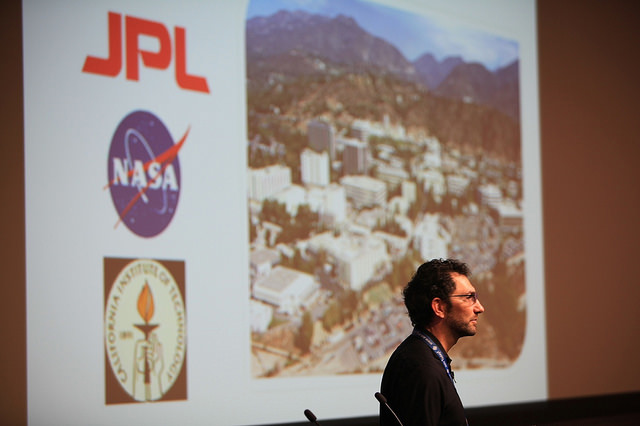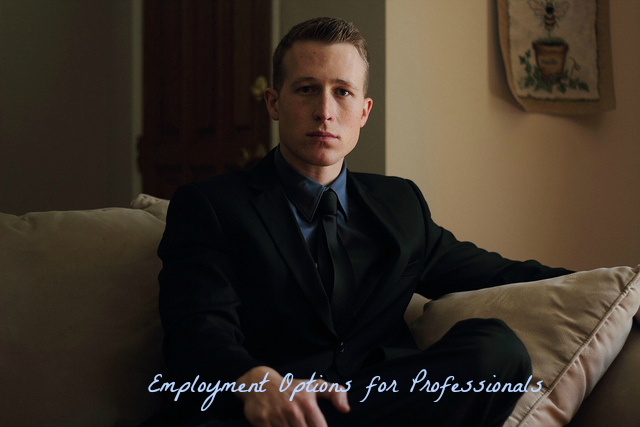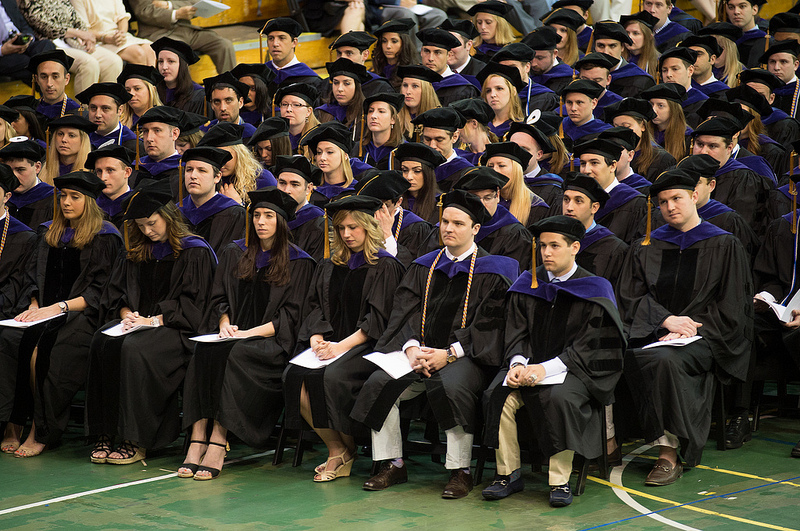Yesterday, October 8, 2017, the United States and Turkey announced the mutual suspension of all non-immigrant visa services, putting a damper on travel between the two nations, following the arrest of a Turkish citizen, employed at the U.S. Embassy in Ankara, on suspicion of espionage.
A statement released by John Bass, the U.S. ambassador to Turkey, explained the reasons for the United States government’s decision to suspend non-immigrant visa processing for Turkish citizens. According to the ambassador the suspension will allow the United States, “to minimize the number of visitors to our embassy and consulates while we assess the commitment of the Government of Turkey to the security of our diplomatic facilities and personnel.” He continued, “last week, for the second time this year, a Turkish staff member of our diplomatic mission was arrested by Turkish authorities. Despite our best efforts to learn the reason for this arrest, we have been unable to determine why it occurred or what, if any, evidence exists against the employee. . . our colleague has not been allowed sufficient access to his attorney.”
The actions taken by the government are thus in response to Turkish hostility toward U.S. consular employees and an ongoing rift between the two countries regarding U.S. support for Kurdish fighters in Syria, accusations of U.S. involvement in a coup against President Erdogan, and the U.S. government’s refusal to extradite former Turkish minister Fethullah Gulen, accused of masterminding the Turkish coup.
 Visa Lawyer Blog
Visa Lawyer Blog










